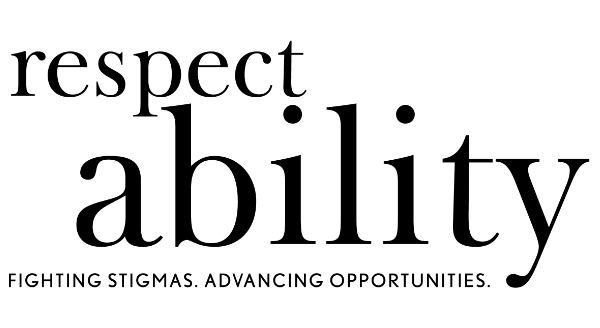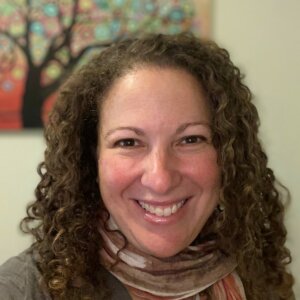
Tamar Davis
There is a verse that is often quoted by Jewish educators from Proverbs (22:6) which states, “Teach a child according to his way.” This verse reflects the Jewish belief that every child should be educated and raised according to their way. While many schools and various educational settings strive to create inclusive environments, how should we as a community be advocating for, advancing, and supporting inclusion in our children’s educational ecosystems?
This question is quite personal. My parents had to advocate for their children with disabilities, and now I am an adult who has to advocate for myself and for my child with a disability. For my parents, one of the challenges they faced was figuring out how to fulfill their wish of enrolling me in a Jewish day school without compromising my hearing and speech development. For the first few years of my life, I attended a public school for the hearing-impaired and deaf, and my parents supplemented my Jewish education at home. Then my parents “mainstreamed” me in a Jewish day school and took me to the local public school to access the services we needed in order to continue my development.
Now, especially since I became CEO of Gateways: Access to Jewish Education in 2020, all I think about is inclusion in Jewish educational settings and what this means on a practical level. The phrase, “inclusion in Jewish educational settings,” can represent different paths that a family might take for a child to feel a true sense of belonging in Jewish life and learning. At Gateways, inclusion is about being able to have a choice. There are different options for children with disabilities, diverse learning needs, and mental health challenges. Some options might be for students who are in Jewish day schools and need additional support to succeed in the classroom, which we make possible by having therapists in day schools in the Greater Boston area. Other options might include enrolling in a program such as our Sunday and B’nei Mitzvah programs, where the goal is for students to learn about their Jewish heritage and traditions and be able to participate in their synagogue or community’s activities and services. There are many factors that can go into this kind of decision, and every family should be able to have all of the options to consider when determining what’s best for their child.
So how can we ALL be advocates of inclusion for children with disabilities in our communities and educational settings? We must be in partnership with one another, not just families and individuals with disabilities, but the entire community together. This includes our community leaders in our schools, synagogues, or any communal space we find ourselves in, our families and individuals who aren’t directly affected by disabilities, and our educators who are creating educational environments that children can access. Because, as that other famed verse from the Talmud (Shevuat 39a) states, “All of Israel is responsible for each other.”
Learn More about Tamar Davis at the Gateways: Access to Jewish Education website
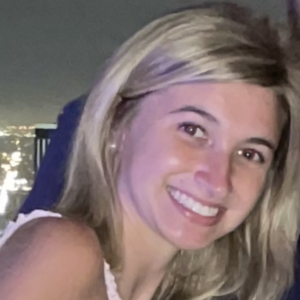
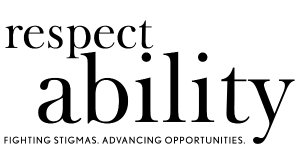

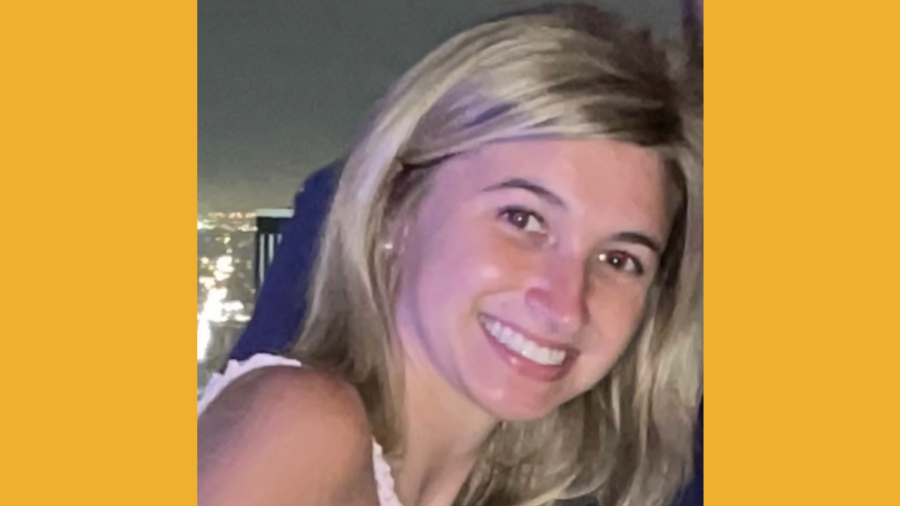
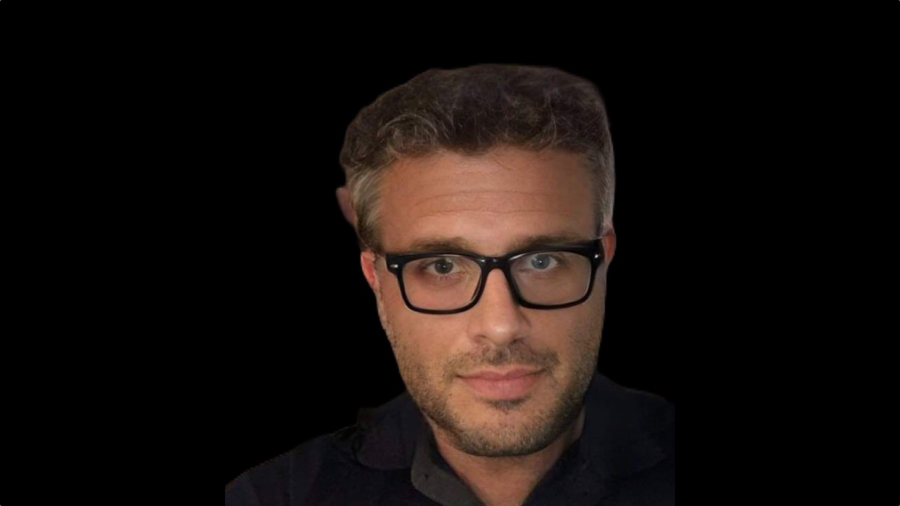
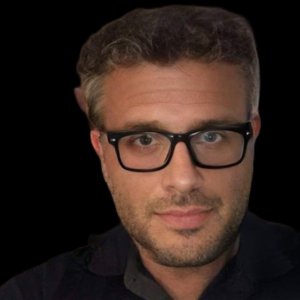 After two years of studying Hebrew, Jewish history, rituals, Torah, and Haftorah readings, the day I yearned for had finally arrived. I was invited to go to the bima (the raised platform in the synagogue from which the Torah is read and services led) to read the Torah for the first time…as an adult Bar Mitzvah. I got up from the pew and walked with the solemnity of a monarch, all regal. My kippah (the cap worn to fulfill the customary requirement that the head be covered) was my crown, my yad was my scepter, and my tallit (a fringed garment worn as a prayer shawl) was my coronation mantle.
After two years of studying Hebrew, Jewish history, rituals, Torah, and Haftorah readings, the day I yearned for had finally arrived. I was invited to go to the bima (the raised platform in the synagogue from which the Torah is read and services led) to read the Torah for the first time…as an adult Bar Mitzvah. I got up from the pew and walked with the solemnity of a monarch, all regal. My kippah (the cap worn to fulfill the customary requirement that the head be covered) was my crown, my yad was my scepter, and my tallit (a fringed garment worn as a prayer shawl) was my coronation mantle.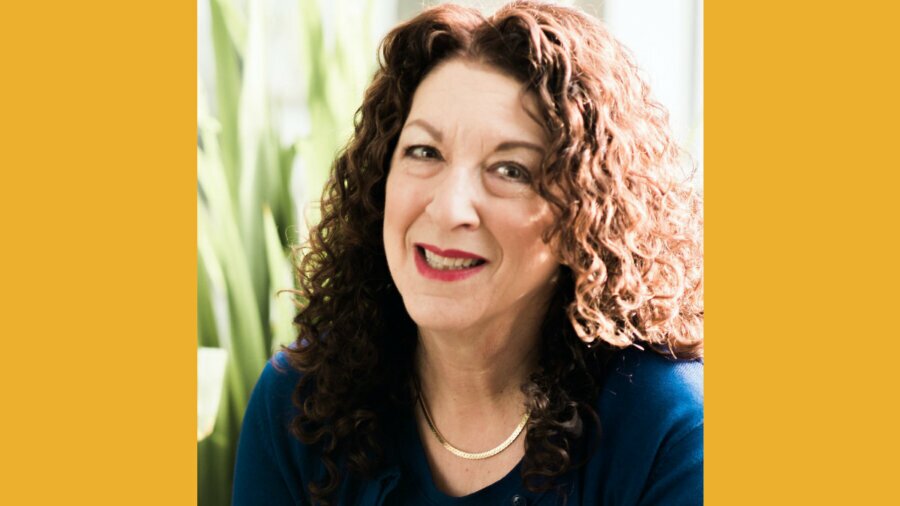
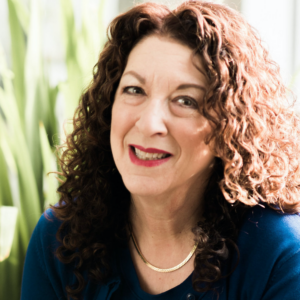
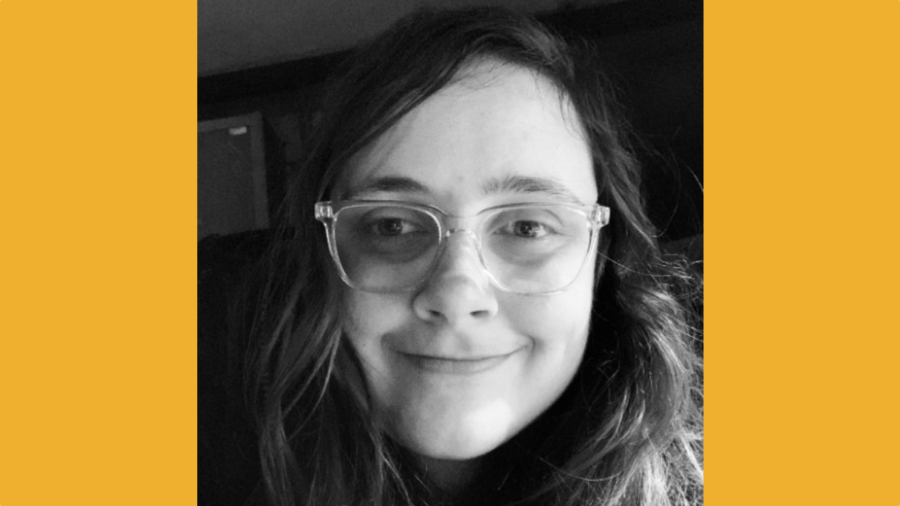
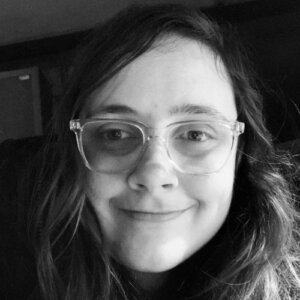
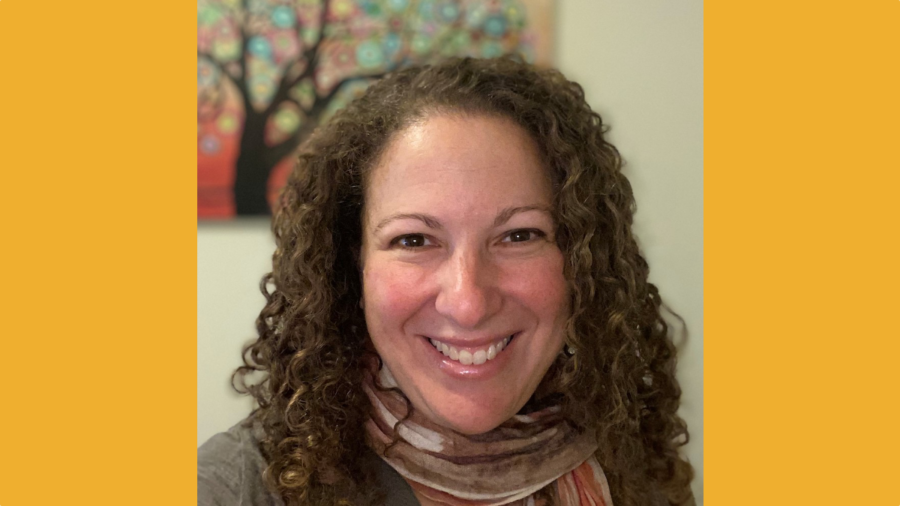

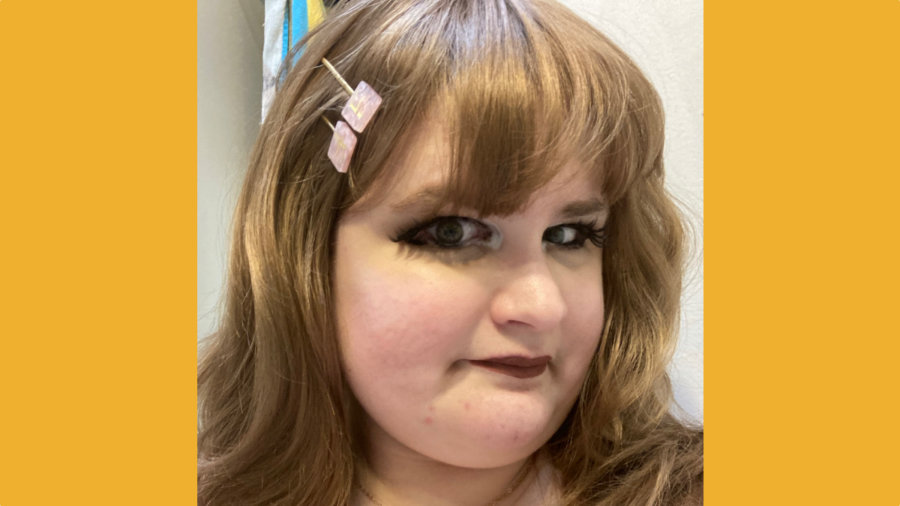
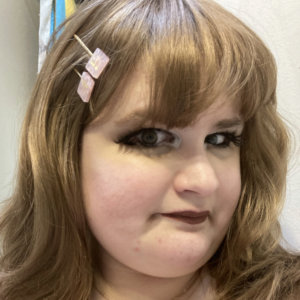
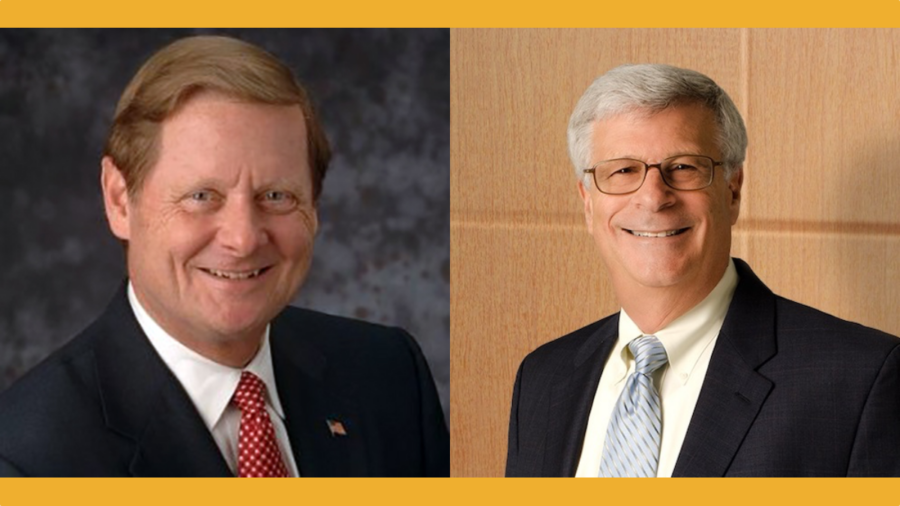
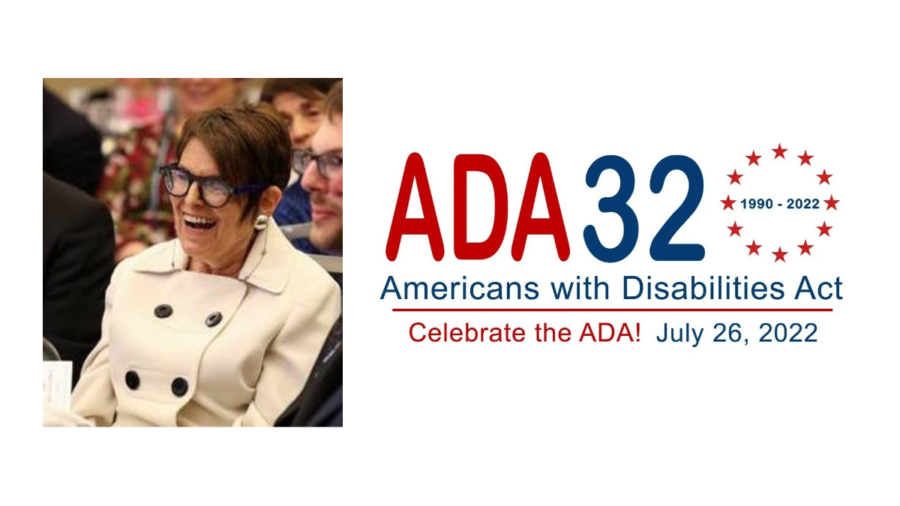
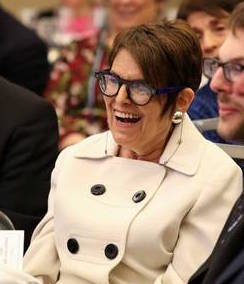
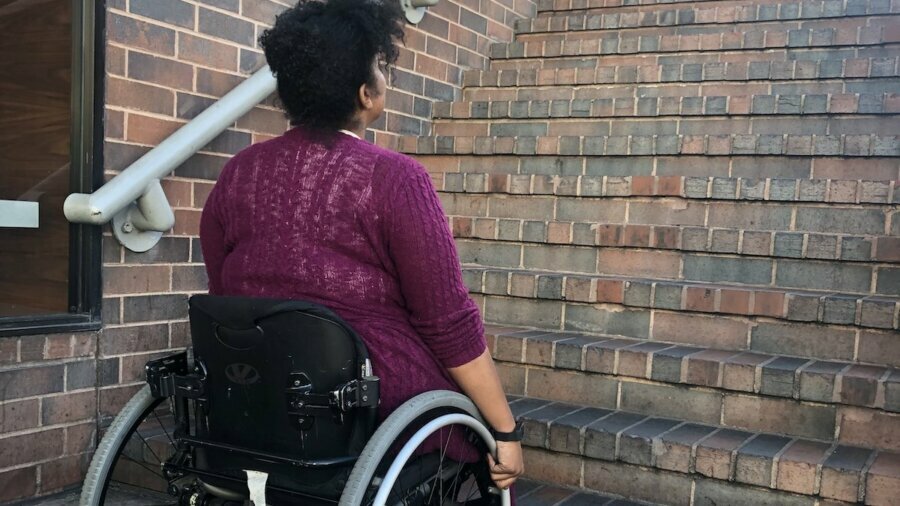
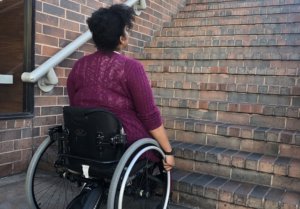 July is Disability Pride Month. It commemorates the passage of the Americans with Disabilities Act (ADA) on July 26, 1990. The ADA is a milestone civil rights law that prohibits discrimination against individuals with disabilities in all areas of public life, including employment, education, transportation, and all public and private places that are open to the general public. However, mosques, synagogues, churches, and other religious institutions are largely exempt from ADA regulations.
July is Disability Pride Month. It commemorates the passage of the Americans with Disabilities Act (ADA) on July 26, 1990. The ADA is a milestone civil rights law that prohibits discrimination against individuals with disabilities in all areas of public life, including employment, education, transportation, and all public and private places that are open to the general public. However, mosques, synagogues, churches, and other religious institutions are largely exempt from ADA regulations.


